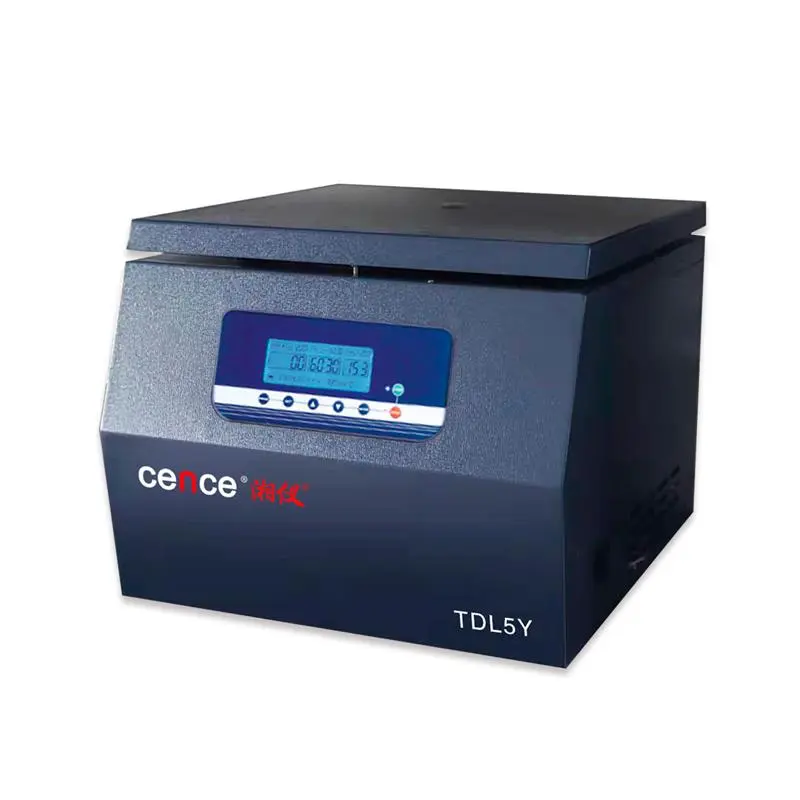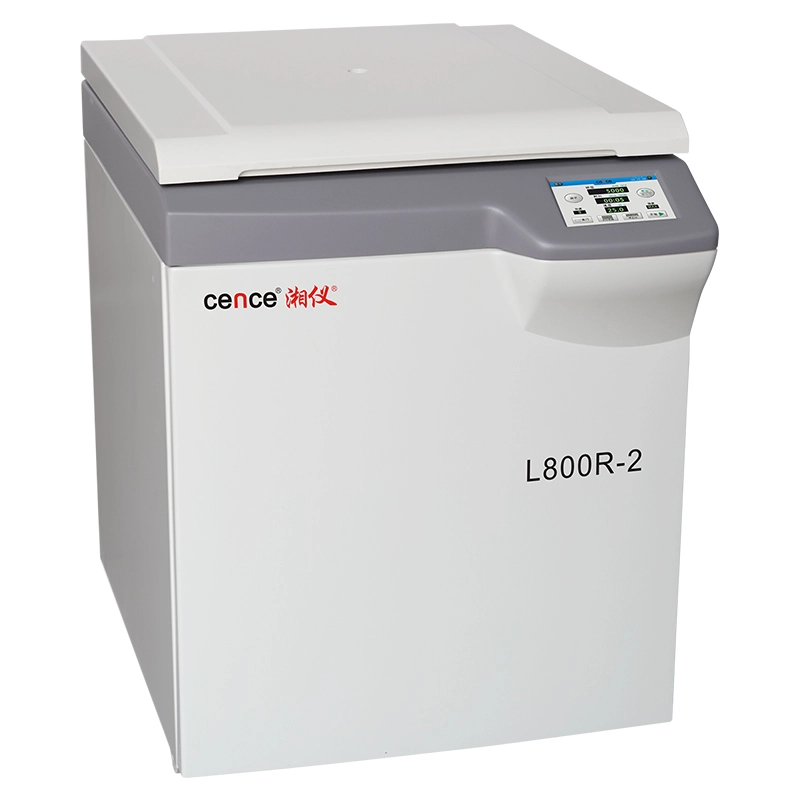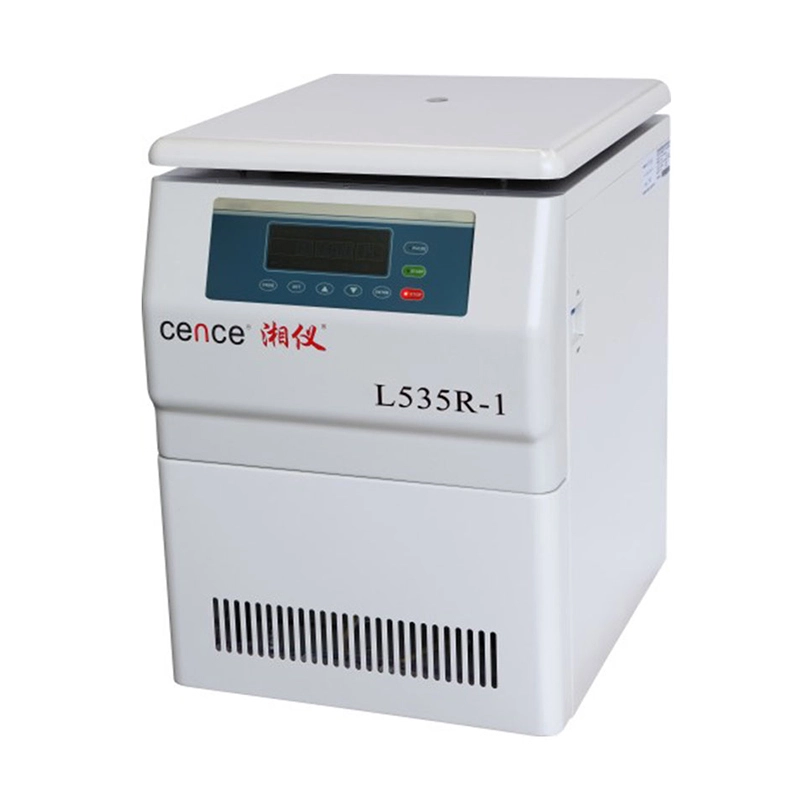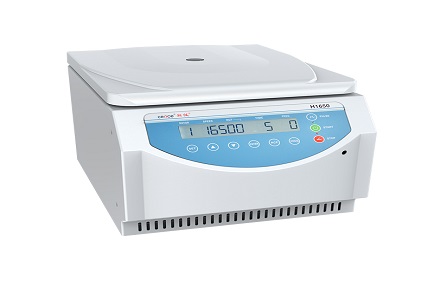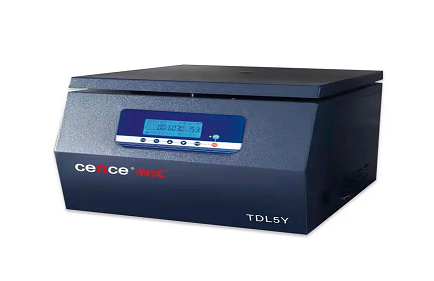It is well known that centrifuges are the best choice for separating samples. Those who have used centrifuges must be familiar with centrifuge tubes, but those who have never used centrifuges but will use them in the near future must not know what a centrifuge tube is. In fact, the centrifuge tube is one of the most important accessories of the centrifuge and is mainly used to hold experimental samples. When we use a centrifuge, the first thing we need to make sure is the rotor, as the centrifuge tube needs to be placed in a rotor. The reason why the centrifuge tube is one of the important accessories of the centrifuge is that without the centrifuge tube, the sample cannot be loaded.
So, after understanding the role of centrifuge tube, do you know how to choose it? I believe that even those who have used centrifuges may not be very clear. Then we will take you to understand how to choose a centrifuge tube.
If you want to know how to choose a centrifuge tube, start by talking about the centrifuge tube material. Generally, there are three kinds of centrifuge tubes, one is plastic centrifuge tube, the other is glass, and the third is steel. When using a glass tube, the centrifugal force should not be too large, and a rubber pad should be used to prevent the tube from breaking. Therefore, glass tubes are generally not used in high-speed centrifuges.
Generally speaking, the commonly used centrifuge tubes are made of plastic, and the advantages and disadvantages are obvious. The advantage is that its hardness is small, and we can get the substances we need by puncturing. But that's also its downside. Due to its low hardness, it is easy to deform and it has poor corrosion resistance, so its life is relatively short.
Plastic centrifuge tubes can also be selected according to the material, including polyethylene (PE), polycarbonate (PC), polypropylene (PP). Generally, large laboratories use plastic centrifuge tubes for one-time use, but most laboratories will still recycle them. Recycling is not recommended, as it will cause inaccurate experimental results. However, if recycling is necessary, we still recommend the use of centrifuge tubes made of polypropylene, which can then be sterilized at high pressure and temperature. pp is the most ideal of the above three materials, so normally we try to choose centrifuge tubes made of pp material.
Secondly, the glass centrifuge tube, as everyone knows, is very easy to break, so if we choose it, the centrifugal force must not be adjusted to a high level, and the glass centrifuge tube should be padded with rubber pads to avoid breaking. The advantage is that the tube body is transparent, which is conducive to observing the separation.
Then, stainless steel centrifuge tubes are widely used because of their high hardness, heat resistance, frost resistance, and no deformation. Typically, steel centrifuge tubes are recycled.
To sum up, the centrifuge tube should most possibly be pp plastic centrifuge tube or steel material. Because the glass material is easy to break and cannot withstand high separation speed, the rotation speed should be controlled within 2000rpm/min, which is generally not selected. The choice of centrifuge tube can also be based on the size of the sample to be separated, such as micro, normal, large volume or centrifuge bottles.
 English
English 한국어
한국어 français
français Deutsch
Deutsch Español
Español italiano
italiano русский
русский português
português العربية
العربية tiếng việt
tiếng việt Indonesia
Indonesia
